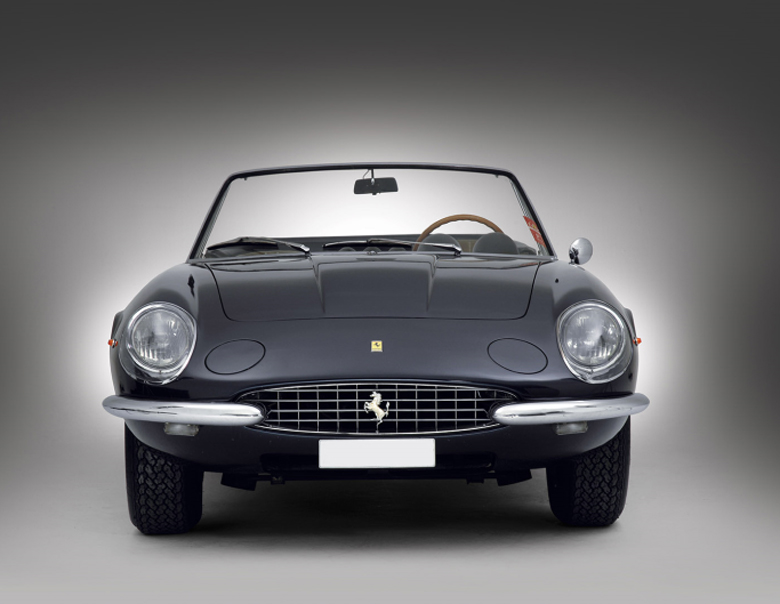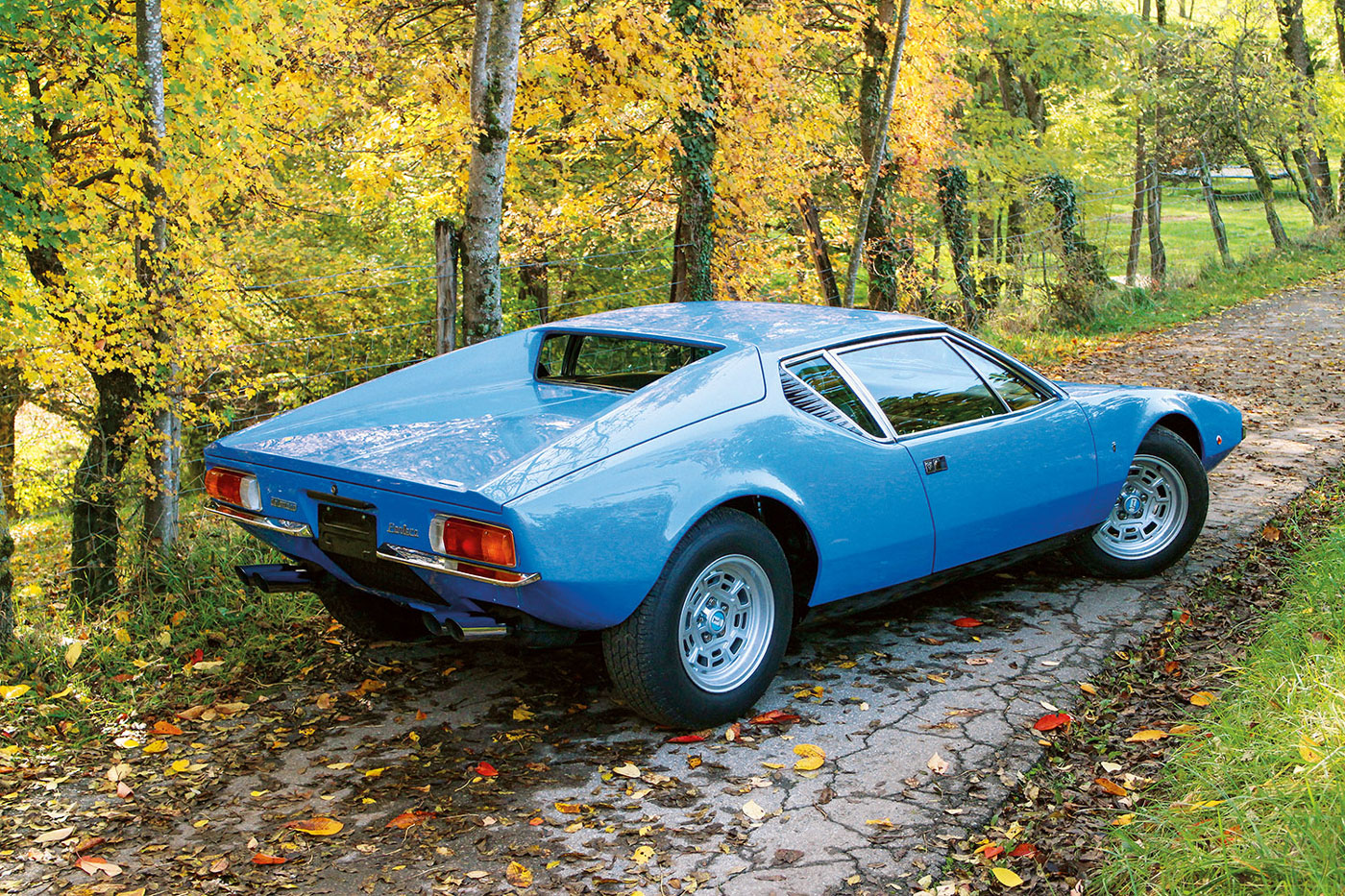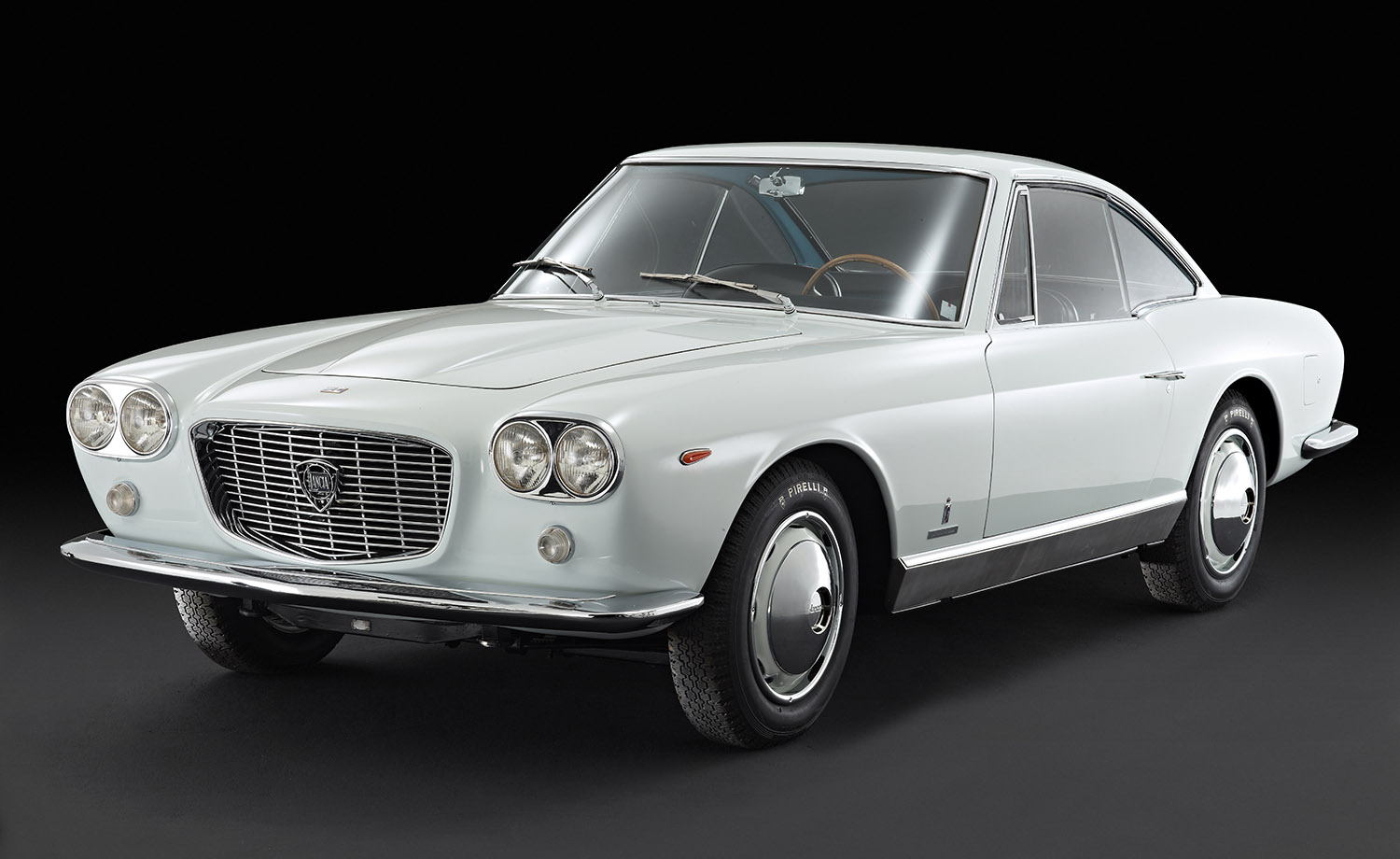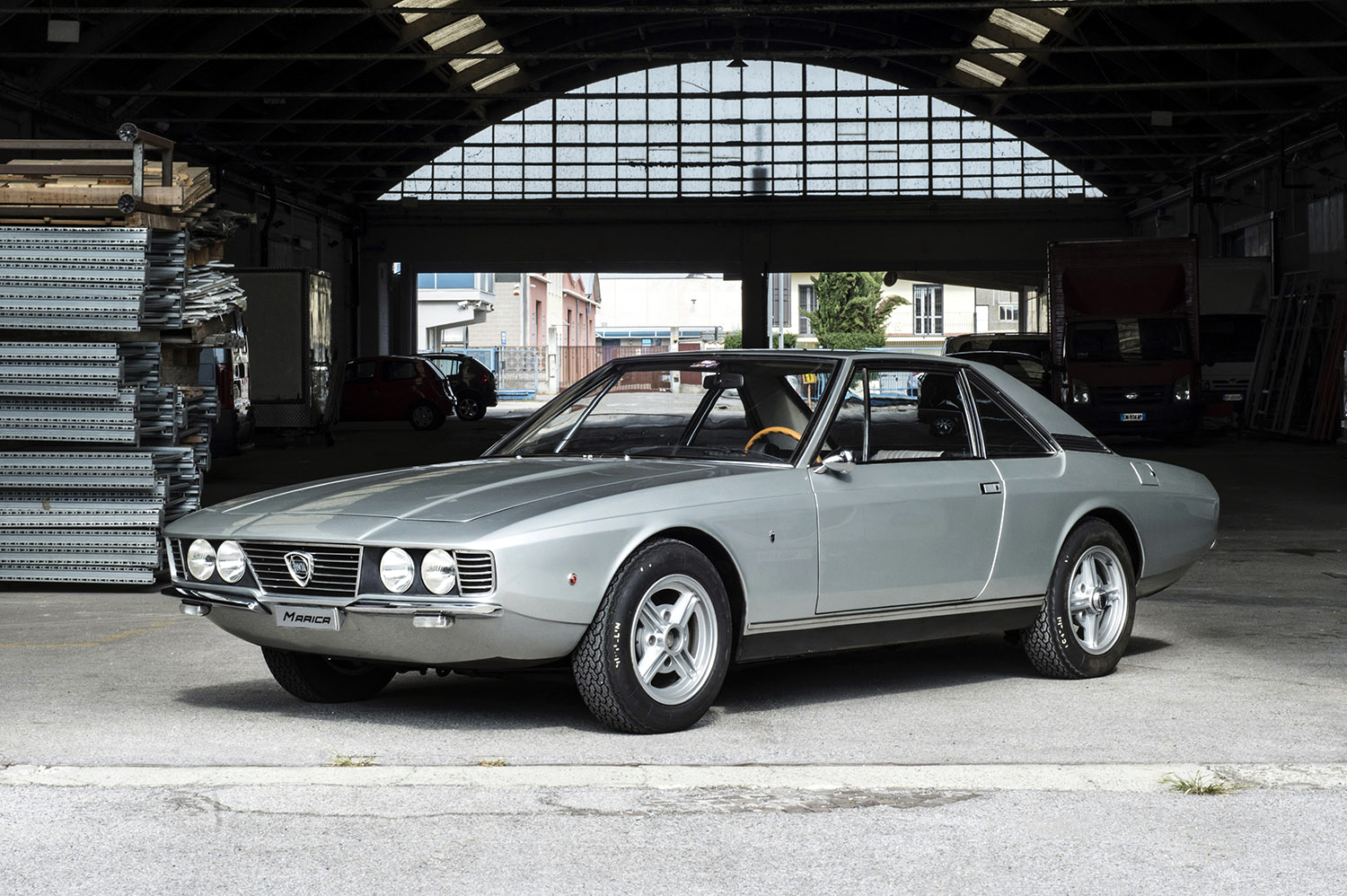By Pete Vack
Tom Tjaarda, Master of Proportion by Gautam Sen
ISBN 978-1-85443-313-8
Dalton Watson, 2021
473 Pages, 825 images
$150 plus shipping
Order here
Gautam Sen has established himself as one of the foremost historians of automotive stylists. In 2016, Sen completed Marcello Gandini, Maestro of Design, the massive, 800-page study of the cars of Gandini. In doing so he set the standard for books about automotive designs and designers, providing an in-depth study of each project, furthermore urging Gandini himself to come forth and assist in describing each one of his masterpieces. This was followed by The Bertone Collection with Michael Robinson in 2018 which covered more of Bertone’s masterworks.
With his most recent book, Tom Tjaarda, Master of Proportions, Sen follows the same formula, taking each subject, drawing, prototype or production car as a separate chapter and explaining who prompted the project, how it emerged and when, defines the technical and artistic parameters, and where possible, researches what happened to the car, who owned it and where it is today. With each chapter Sen leaves nothing to the imagination, no question unanswered. Gautam Sen’s formidable knowledge and his ability to convey massive details in an interesting manner without deviating from the topic can only be compared to that of Karl Ludvigsen.
Tjaarda’s early life is chronicled, with many photos and a complete chapter on his father John, a designer himself, who was credited with the Lincoln Zephyr. But he saw little of his father after his parents divorced, but found himself taking courses in architecture, which led to a remarkable opportunity in 1958. All blockquotes below are attributed to Tom Tjaarda, from the book.
While at the University of Michigan, we would receive design magazines from Italy, such as Domus and Stile Industria, that were full of the latest creations of the Italian carrozzerias. Absolutely incredible designs and prototypes from Ghia were also dominating the American car magazines such as Road & Track… My mentor, Professor Lahti, had met Luigi Segre during a trip to Europe. Segre had asked him to send over any student who could be interested in designing automobiles….It was an offer I could not imagine refusing.
With Gandini, Sen had a challenging time with his subject, as it was against Gandini’s character to discuss his own achievements, and did not bother to save his drawings, records, models or correspondence. The opposite was the case with Tjaarda, whose additional comments on the topic give this book so much value; between the pages of automotive designs there lies unique, eloquent, honest and telling anecdotes that describe what it was to live during a golden era in an exciting, vibrant and economically booming Italy, told from the perspective of an American who moved to Turin 1958 and lived there for the rest of his life.
Coming to live in a foreign country means confronting costumes, people and situations never seen before. It’s like being born again, because you have almost no frame of reference for ordinary, commonplace situations.
Sen and Tjaarda together compile a view of Italian coachbuilding, culture, economy and politics that informs us with a wider, deeper and more personal perspective than any other similar, English language book that we have encountered (Giovanni Michelotti, a free stylist, comes close but does not have the depth). Tjaarda was a firsthand witness to the intensely creative apogee of the post war Italian coachbuilding phenomenon.
The auto show season of that year, 1963, witnessed the high point of quality Italian coachwork. …It was as if each design house had given its rendition of the Garden of Eden, with sleek, tasteful automobiles in place of statuary… but later I overheard Battista Pininfarina speaking to a customer. ‘Automobile design just isn’t what it used to be years ago. In the old days, it was art. Today, it’s too commercial. But it has to survive.’
Many of Tjaarda’s recollections were written as part of a planned autobiography, while others are from his notes and some are his thoughts as recorded by Sen for the book. Like mere mortals, his memory was not perfect, and Sen double checked where necessary, and provided his own opinions along the way. Some of his memories are both hilarious and telling of the man.

Ferrari 365 California was another of Tom’s successful Pininfarina designs. The quad headlight Ferrari 330GT was also successful, but more in terms of numbers built rather than critical acclaims.
We heard the far-off rumble of an engine and recognized it without a doubt, as a Ferrari. A few seconds later the car came into view; a 365 California, which immediately had all heads turning…I casually mentioned to my friends that I had designed that car. They did not believe me. In fact, they laughed in my face.
There are chapters on other personalities as well, each known by Tjaarda and each a part of his life; his father John, Luigi Segre at Ghia, Franco Martinengo at Pininfarina, and of course Alejandro de Tomaso, which provide additional insights to the life and times of a stylist in Italy.
Of course, yes, Mr. de Tomaso – we have several books on that subject, but none sum up the Argentinian’s character more pointedly, yet compassionately than Tjaarda’s lengthy missive on his days at Ghia under de Tomaso. Some highlights:
—De Tomaso was arranging for a young, attractive woman illustrator to take, or be given, the credit for the design of the Pantera at the 1970 New York Auto show, ignoring Tjaarda, who was totally responsible for the car.
–Upon sighting the prototype Fiat X1-9 at a local coachbuilder, de Tomaso ordered Tjaarda to copy the Gandini creation. Tjaarda did so, and soon a near carbon copy (and even better looking) of the new Fiat was rolled out to the press under the name of the De Tomaso 1600 Spider. Tjaarda spent a good deal of time explaining this and his own culpability, and never really figuring out why de Tomaso pulled this off in the first place. But it put both de Tomaso’s and Tjaarda’s reputations at great risk.
–A few years later, as the deal with Ford was imploding, Ghia employees were storming the offices, threatening a strike. At the same time, Tjaarda was getting his pink slip from de Tomaso, all while Ghia’s models, prototypes and historical items were being loaded (legally) into huge moving vans, headed for other parts of de Tomaso’s factories in Italy.

Pantera is the car most people connect with Tom Tjaarda, and while a great design, was one of many. Tjaarda, however, almost didn’t get the credit!
Despite this and much more, Tjaarda claims he understood de Tomaso, and though often very upset, never hated the automaker. He writes with sincerity, just a few years after the incidents. His insights, in one long chapter, tell us more about de Tomaso the man than any book.
It was difficult for me to conjure up any kind of animosity towards de Tomaso. Even though I had to survive troubling situations such as being demoted just before the New York presentation of the Pantera, the X1/9 misadventure and many minor skirmishes, the fact was that it seemed to be like a game, a test to see how one managed to get oneself out of an awkward situation. The world eventually knew who had designed the Pantera.
Tjaarda himself went from job to job, sometimes being fired, sometimes leaving for what he perceived as a better opportunity. He left Pininfarina for a year in 1964 to return to America and a very boring job at Eliot Noyes, only to return to Italy and Pininfarina once again. He married an Italian educator, Paola Bronzino, in 1974 and they remained together for the rest of his life. They had no children. In 1984, he established his own design office and was an independent designer until his death.
Torino today is not the design epicenter that it was back in the 1950s. Automotive design has become a different profession compared to the good old glorious days. Today, it is dominated by engineering requirements, safety regulations and electronic black magic…There is not much that can be done about these changes. Time passes and changes occur. That is why I feel that I was fortunate to be able to come to Torino that summer of 1958.
While Tjaarda was best known for the Pantera, Sen’s book emphasizes that he was no one-car artist. The Innocenti Spider, the Fiat 124, the Lancia Marica, Corvette Rondine, the Ferrari 330 GT are also attributed to Tjaarda. Both the author and artist are very clear about the specific contributions to the design…in many cases Tjaarda was responsible only for a nose job, or had only a small part in the overall concept. Honesty prevails.

Designed while at Pininfarina in 1963, the Lancia Flaminia 2.8 Speciale went from a showcar to beign outfitted as Battista Pininfarina’s personal, daily transportation. What a compliment!
If the above seems to be going overboard, let it be so. For Tom Tjaarda, Master of Proportions, is an absolute must have for any Italian car enthusiast and a joy to read. And at only $150 plus shipping, it is a steal. Congratulations, Gautam Sen; our guess is Tom would have loved the book, we did!


The ’69 Lancia Flaminica by Ghia……simply beautiful. One can see where the 1971 DeTomaso Deauville came from. Styling by Tjaarda, chassis by Dallara. Unknown and therefore underrated….but a very good car none the less. I have a Series 1 and a Series 2,
For a commoner like me I always associate him with the beautiful Fiat 124 Spider.
I would have to say, thank you to Tom Tjaarda for being a pioneer for Americans designing cars in Italy, as I believe his lead in going overseas to Italy to design, gave me the opportunity to design for Pininfarina as (I believe) the second American there. I started design for PF on May 5th of 1980, and as Tjaarda, said,
“Coming to live in a foreign country means confronting costumes, people and situations never seen before. It’s like being born again, because you have almost no frame of reference for ordinary, commonplace situations.”
was so true! I was 24, not speaking the language, one day in the United States, the next evening in Turin, and the next morning starting at Pininfarina trying to communicate with Leonardo Fioravanti!